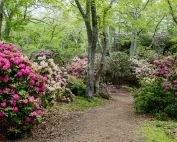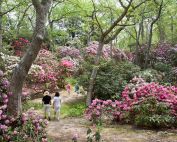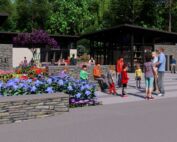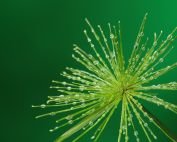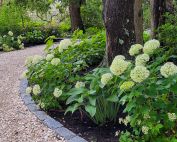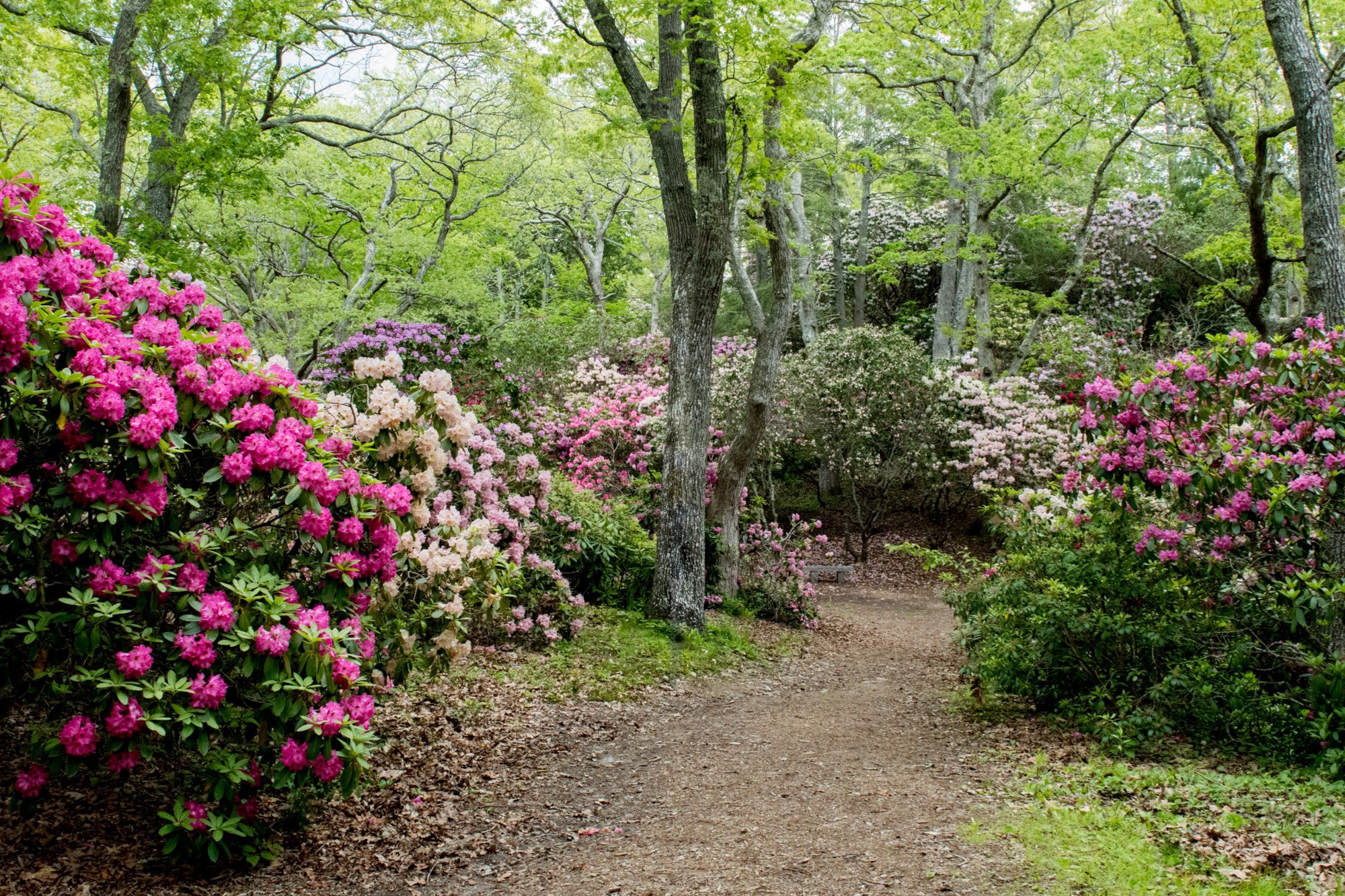Down To Earth by Les Lutz
Trees that bear needles are usually evergreen, and most species are. But there are five genera that are needled conifers that are deciduous and drop their foliage each fall. Of these, four will thrive on the Cape and three are found at Heritage Museums & Gardens.
The four species that enjoy our climate are Taxodium (Bald Cypress), Metasequoia (Dawn Redwood), Larix (Larch), and Pseudolarix (Golden Larch). Of these, the collection at Heritage Museums & Gardens includes the Metasequoia, Larix and Pseudolarix. The fifth species, Glyptostrobus, is native to southern subtropical Asia and is hardy to zone 8. I’ve never seen this species growing anywhere although a quick search shows The New York Botanical Garden as well as Missouri Botanical Garden both have several growing in their collections.
Most of these species are beautiful large trees when they mature and are wonderful specimen trees in a landscape. They all tend to be rather upright, cone-shaped in growth habit. If you’ve visited Heritage Museums & Gardens you’ll find a spectacular Metasequoia glyptostroboides (Dawn Redwood) in the McGraw Family Garden of the Senses. The tree is about 60 feet tall and has wonderful feathery foliage that turns a beautiful cinnamon brown in the fall before falling. It also has a wonderful trunk with an interesting branching habit. This fast-growing species, along with most conifers, is quite old and predates most flowering plant species. In fact, the Dawn Redwood has been found in fossils in North America from prehistoric times. The species was thought to be extinct prior to when it was rediscovered in central China in 1941 (by the Arnold Arboretum).
Larix is a genus native to North America, Europe and Asia. There are three species native to North America, including one that is native to New England. Larix laricina has beautiful, very fine-textured foliage that turns a brilliant yellow in the fall. We have a large specimen in the parking garden of Heritage that is probably 60 feet tall. I’ve found that the species loves our climate and doesn’t do well in the warmer, more humid climate of the mid-Atlantic. When I lived in Maryland I tried to grow Larch and had no luck.
Pseudolarix is, as the name implies, a false larch. Both Larix and Pseudolarix have pale-green foliage with Pseudolarix having much larger, somewhat broader needles. Pseudolarix is native to eastern China and seems to have a broader growth habit than that of Larix. The species can grow to 60 feet in height with a spread of up to 40 feet.
I’ve not mentioned the Taxodium, or Bald Cypress. These are native to the southeast regions of the United States and are spectacular trees. Even though they are not native to the Cape, Bald Cypress do very well here. They produce fine-textured foliage that is a nice deep green that matures to a beautiful cinnamon-brown in the fall. In fact, Taxodium ascendens is one of my favorite trees.
Next time you’re visiting Heritage Museums & Gardens, make sure to check out the deciduous conifers. They are wonderful trees that are often overlooked in the landscape.


